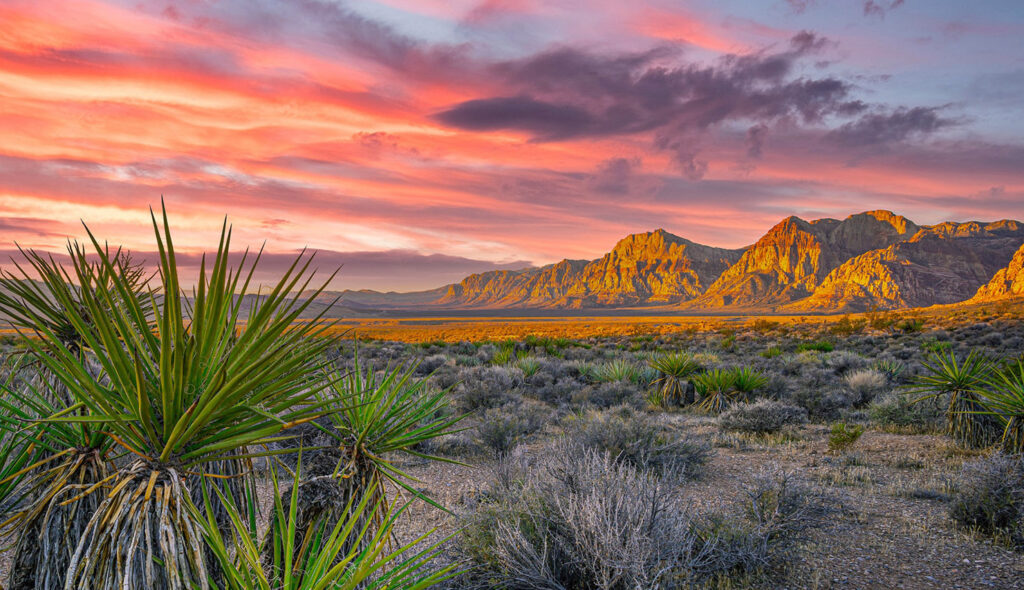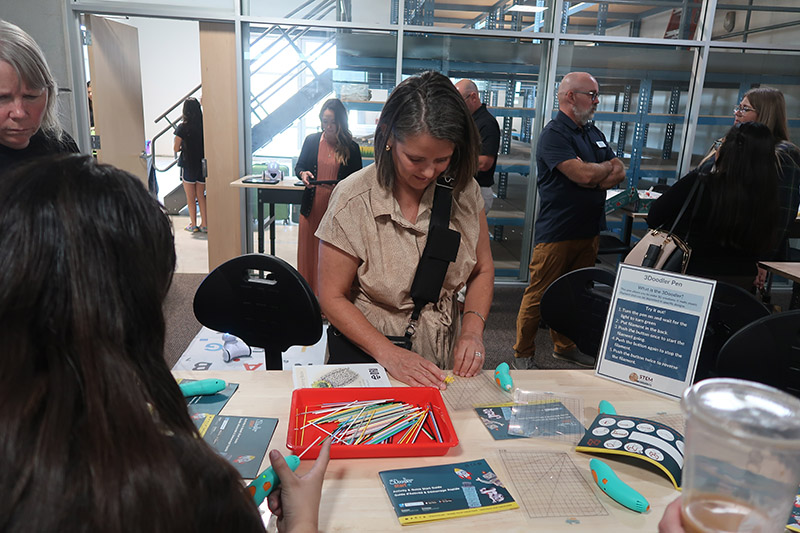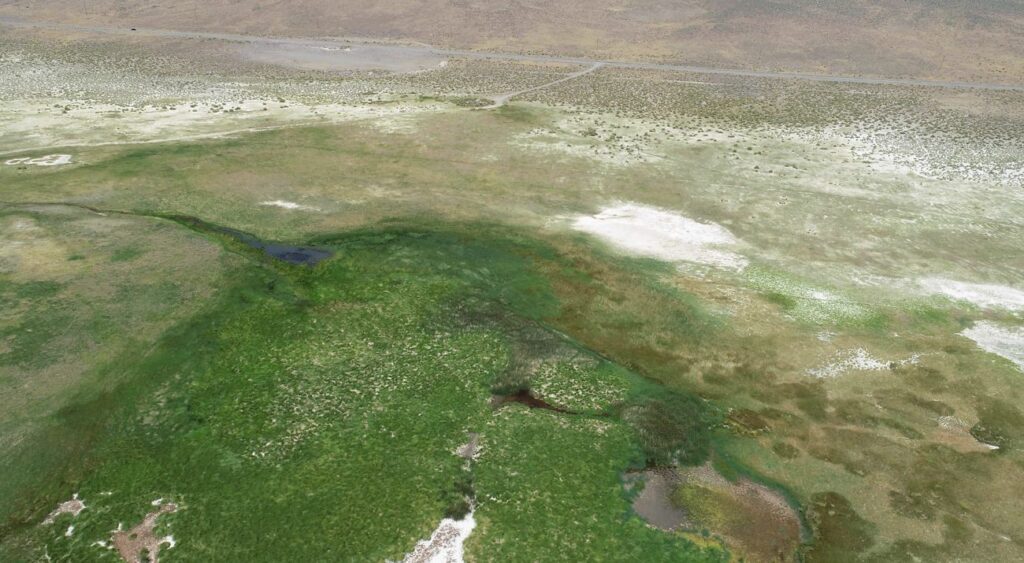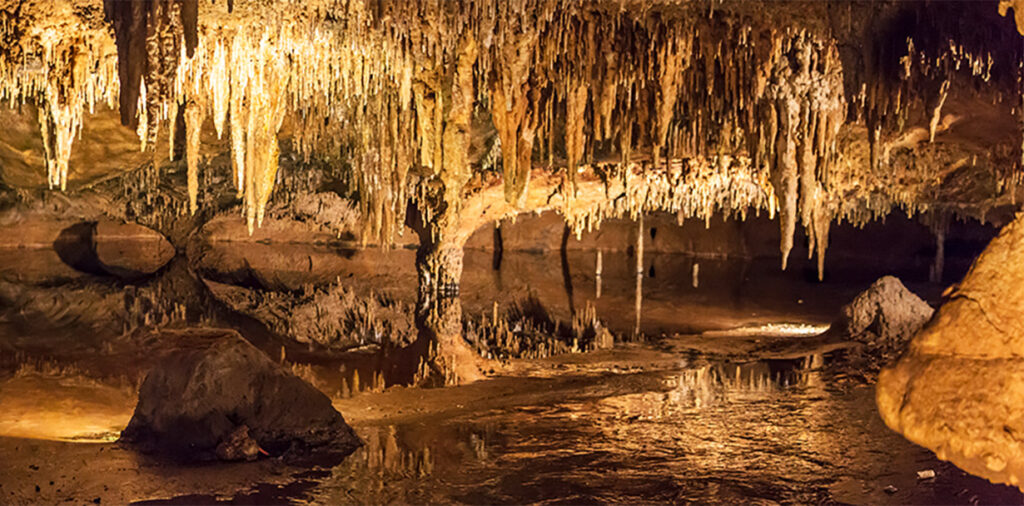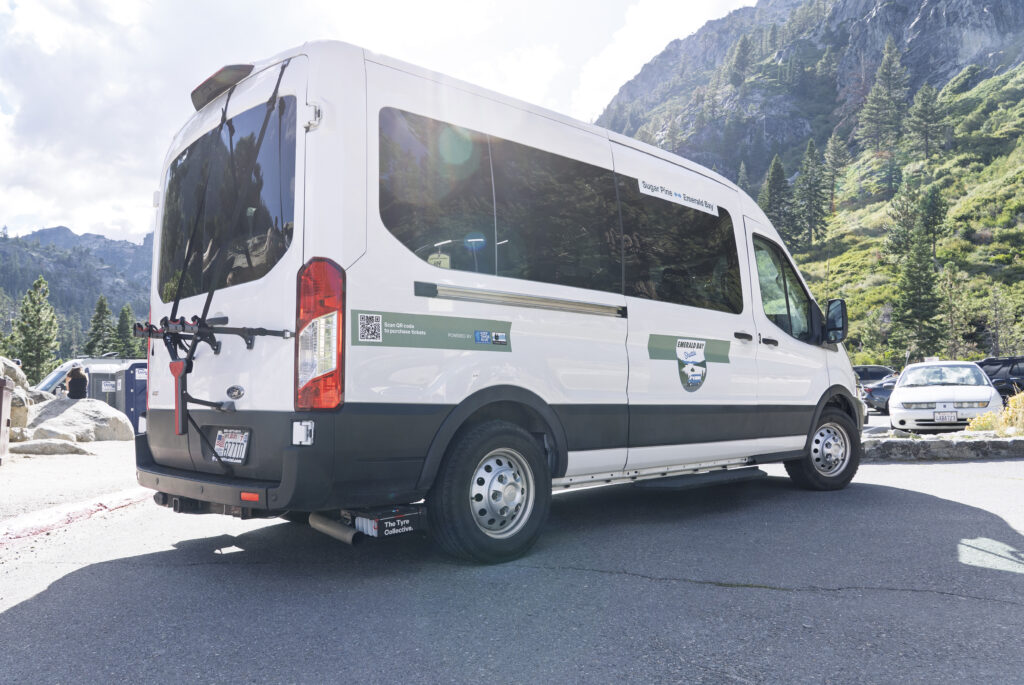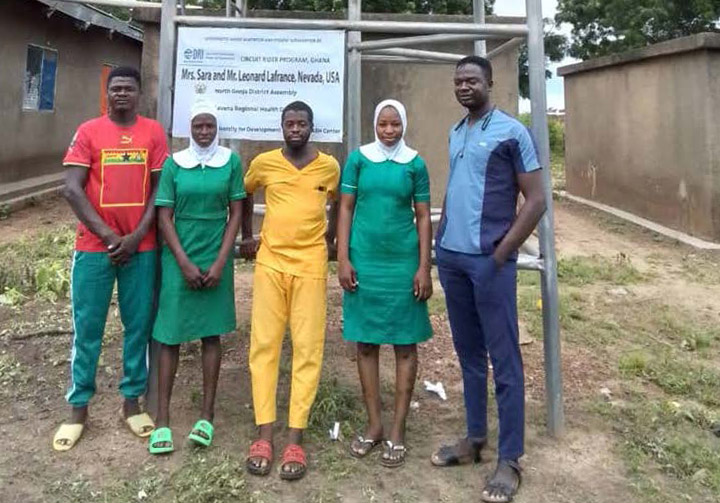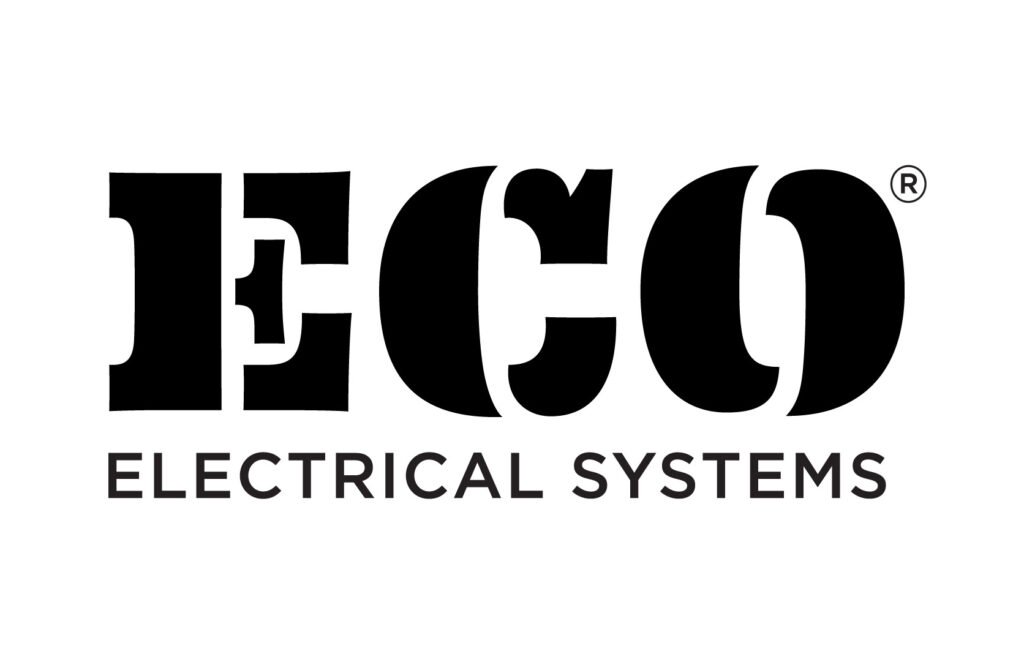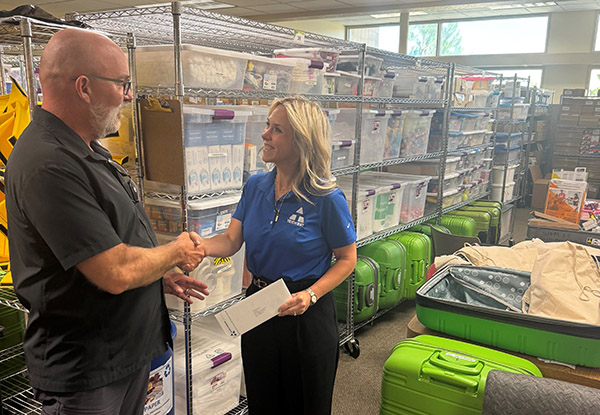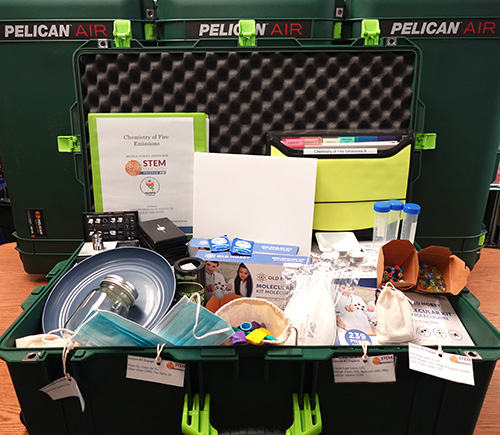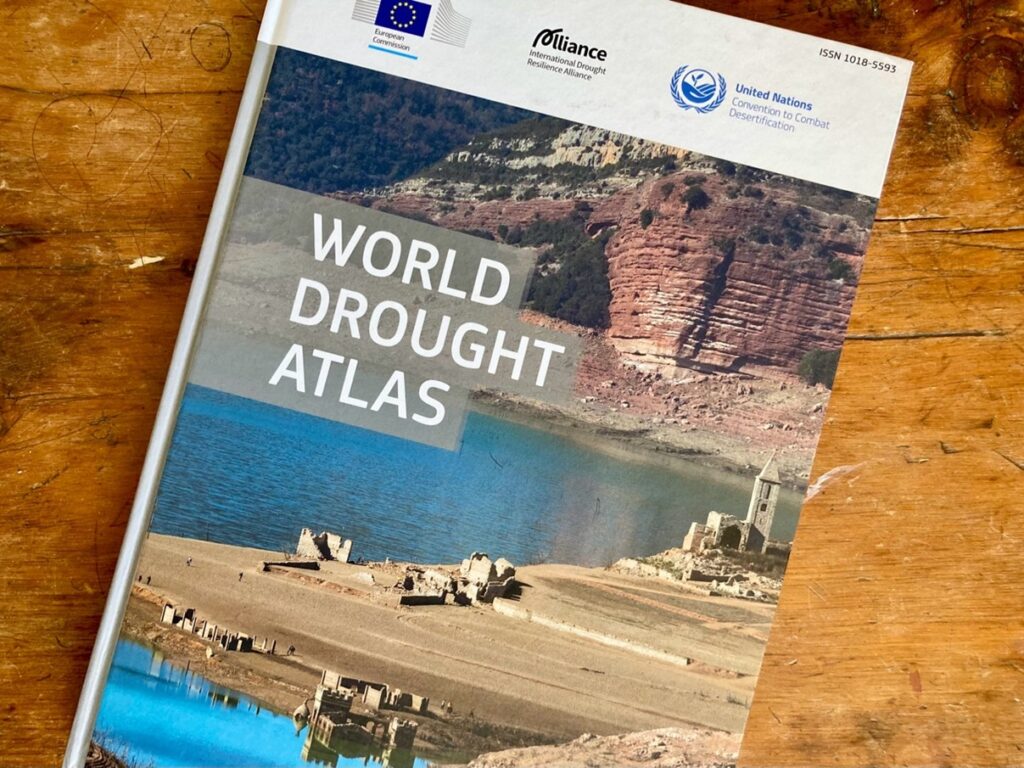Support Science That Matters Now
Recently, in celebration of Nevada Day, DRI highlighted the work that our scientists do across this great state. And while our home has been in Nevada since our founding in 1959, our work has grown to touch nearly every corner of the globe. Whether it’s analyzing ice cores in the Alps, working with local communities to ensure access to clean water in Ghana, or supporting K-12 educators as they bring high-quality, hands-on STEM education to Nevada's classrooms, the projects our scientists undertake are tied together by a common goal – to help create a more sustainable and resilient environment for all people to live, grow, and prosper.
